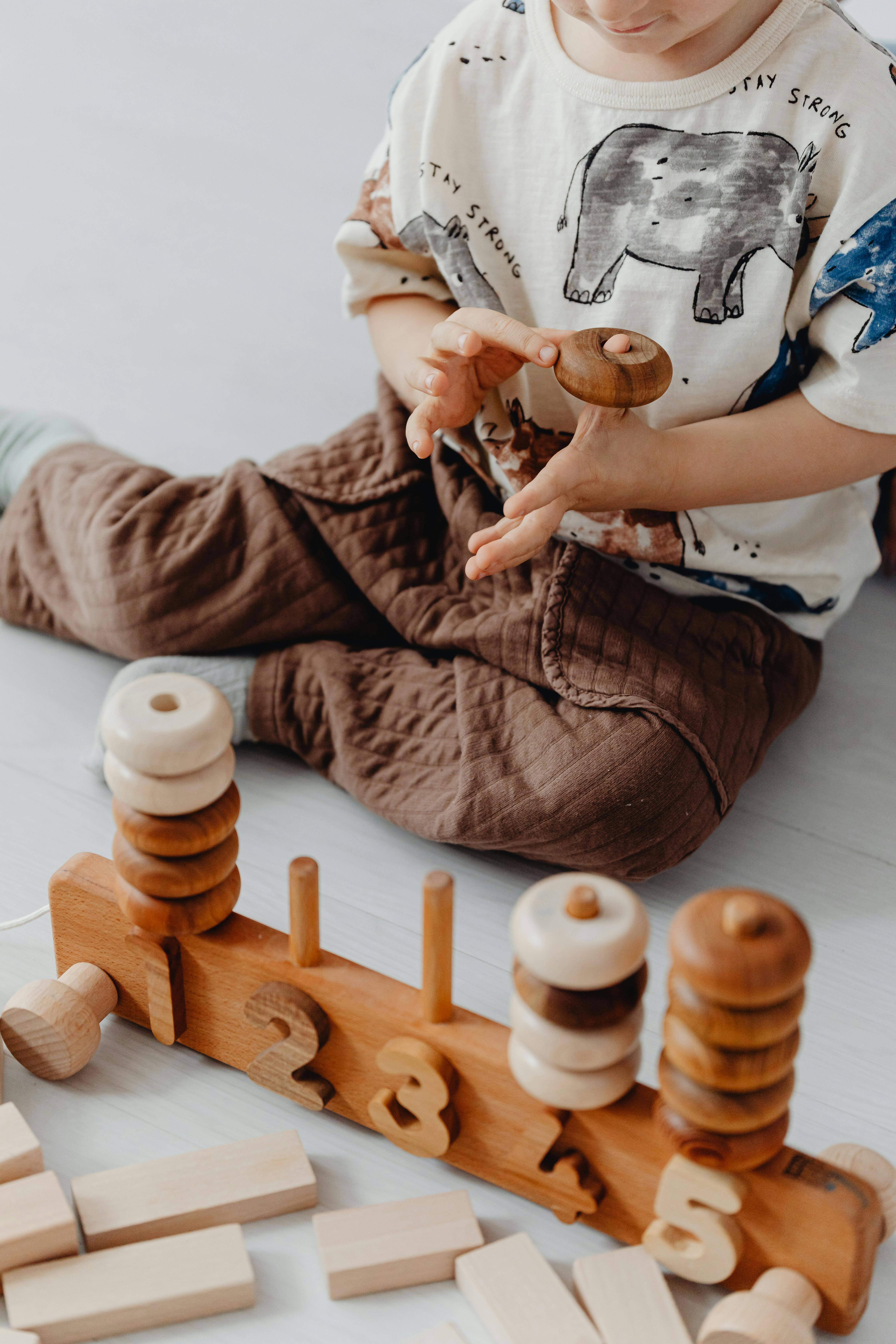
Smart Ways to Care for Peace Lily in 2025
Understanding Peace Lily Growth and Environment
Caring for a peace lily (Spathiphyllum) effectively begins with understanding its unique growth patterns and environmental requirements. Originating from tropical rainforests, peace lilies thrive in humid, warm environments. They have adapted well to indoor conditions, making them popular houseplants for various settings. Providing the best conditions for peace lily growth involves replicating their native habitat, which includes maintaining optimal moisture levels and filtered light exposure.
When focusing on peace lily maintenance, it's crucial to assess their growth stages. Young peace lilies require different care than mature plants, including appropriate watering schedules and nutrient availability. This understanding helps gardeners optimize their peace lily care practices, ensuring robust growth and beautiful blooms.
Moreover, while these plants prefer a specific humidity and temperature range, they can adapt to various indoor climates. Regular monitoring of these conditions is essential to prevent stress and promote healthy foliage. By setting a consistent care regimen, including watering, soil management, and nutrient feeding, you'll enhance your peace lily's longevity and beauty.
Essential Peace Lily Care Tips
To provide the best peace lily care, follow a comprehensive checklist encompassing watering, light exposure, and soil conditions. Knowing how to take care of a peace lily involves implementing practical strategies tailored to its needs. One crucial aspect is understanding peace lily watering; it's essential to keep the soil moist but not soggy. Overwatering can lead to root rot, while underwatering causes leaf drooping.
Regarding light requirements, peace lilies thrive in low to moderate indirect sunlight. Direct sunlight can scorch their leaves, leading to browning and shedding. A location with filtered light, such as near a window covered by sheer curtains, enhances peace lily growth without damaging its delicate foliage.
In terms of soil care, using a peat-based potting mix provides adequate drainage and moisture retention. This type of soil ensures that the roots have enough oxygen while preventing waterlogging. Regularly checking the soil moisture level will help keep your peace lily healthy and vibrant.
Maintaining Peace Lily Humidity and Temperature
Peace lilies are tropical plants that thrive in a high-humidity environment. Therefore, it's crucial to address peace lily humidity needs for optimal growth. Consider placing a humidifier nearby or misting the leaves regularly to maintain humidity levels, especially during dry seasons. Alternatively, you can use a pebble tray filled with water beneath the pot, which enhances moisture through evaporation.
Temperature tolerance also plays a significant role in peace lily care. Ideally, these plants prefer temperatures between 65°F and 85°F (18°C to 29°C). They can tolerate a slight dip in temperature but are sensitive to cold drafts, which can lead to stress and health issues.
Ensuring a stable temperature and humidity can help your peace lily flourish, resulting in lush foliage and beautiful white blooms during its flowering season. Monitoring the environment closely during seasonal shifts will pay off with a robust, healthy plant.
Peace Lily Watering and Fertilizing Best Practices
Effective Peace Lily Watering Schedule
A well-established peace lily watering schedule is crucial for promoting its health. Knowing when and how to water your peace lily significantly affects its growth and flowering. Aim to check the top inch of the soil; if it feels dry, it's time to water. Generally, peace lilies enjoy a routine of watering once a week, but this can vary based on humidity levels and temperature.
Moreover, using filtered or distilled water is beneficial as peace lilies can be sensitive to chemicals and minerals found in tap water. This practice contributes to healthy peace lily leaves and overall plant vigor. Pay special attention during summer, as higher temperatures may require more frequent watering, while winter months may necessitate less.
A common peace lily care mistake to avoid is allowing the plant to sit in standing water. Ensuring proper drainage is essential to prevent root rot, so always empty the saucer beneath the pot after watering.
Nourishing with Peace Lily Fertilizer
To further enhance growth, implementing a peace lily fertilizer regimen can significantly improve the plant's health and bloom production. During the growing season (spring and summer), feed your peace lily with a balanced liquid fertilizer every six to eight weeks. Conversely, refrain from fertilizing during the fall and winter months when the plant's growth slows down.
When choosing a fertilizer, look for formulations specifically designed for houseplants or a diluted version of a balanced fertilizer with equal parts nitrogen, phosphorus, and potassium. This nutrient mix supports the lush green foliage characteristic of healthy peace lilies and promotes their flowering cycle.
Incorporating these fertilization practices into your peace lily care guide will elevate your plant's vitality and aesthetics, ultimately leading to a more vibrant indoor garden.
Signs of a Healthy Peace Lily and Common Problems
Being adept at identifying peace lily health signs is a critical skill for any gardener. Observing the plant's leaf color, growth rate, and humidity response can provide insights into its condition. A healthy peace lily features shiny, dark green leaves and regularly produces blooms, which can last several weeks.
Common peace lily problems may include yellowing leaves, wilting, or stunted growth. These issues often arise due to overwatering, under-fertilization, or inadequate light exposure. For example, if your peace lily exhibits yellowing leaves, it could signal root rot from overwatering. Address these problems promptly by adjusting your care routine.
Additionally, being aware of potential pests like spider mites and aphids will allow you to take action before infestations occur. Regular health checks and timely interventions will ensure your peace lily thrives and stays beautiful throughout its life.
Peace Lily Repotting and Propagation Techniques
Knowing When to Repot a Peace Lily
Repotting is an essential aspect of peace lily indoor care, particularly as the plant grows. Knowing the signs indicating when to repot can make a significant difference in its health. If you notice roots growing out of the drainage holes or if the soil dries out too quickly, it's likely time for a repotting.
Generally, repot every one to two years, choosing a slightly larger pot with fresh potting soil. This practice not only provides more space for roots to grow but also refreshes the nutrients available to the plant.
During repotting, be careful not to damage the roots. Gently loosen the root ball from the old pot and provide ample drainage. Utilizing the right peace lily potting tips can help ensure the new container supports healthy growth and blooming seasons.
Propagation Techniques for Peace Lilies
Peace lily propagation can be an exciting process, allowing gardeners to create new plants from their existing collection. The best method for propagating peace lilies is through division during the repotting process. When separating the roots, ensure each division has at least one healthy leaf and root system.
Following separation, pot each division in its container with fresh potting mix suitable for peace lilies. Maintain adequate humidity and light to encourage successful rooting, and monitor water levels closely. Propagating peace lilies not only expands your collection but also contributes to a sustainable plant care practice, allowing you to share these beautiful plants with friends or family.
Peace Lily Care Throughout the Seasons
Adapting Care for Peace Lily During Winter
Seasonal changes dictate how you should adapt your peace lily care schedule. During winter, lower light levels and cooler temperatures affect growth rates. While your peace lily may bloom less in these months, continue regular watering—allowing the topsoil to dry out slightly before rehydrating. Ensure it’s in a comfortable spot away from cold drafts and heating vents.
Additionally, consider reducing fertilizer applications during winter months. Too much fertilizer can stress the plant when it seems dormant, leading to further leaf issues.
Maintaining a consistent humidity level requires attention as indoor heating can dry out the air. Using a humidifier or placing a water-filled tray beneath your plant will keep it comfortable and prevent stress-related issues during winter.
Summer Peace Lily Care Essentials
During the summer, peace lilies thrive with ideal conditions for growth and flowering. Ensure that the plant receives enough water and keep soil consistently moist, especially during peak heat. However, avoid overwatering, which is a common mistake during the summer care regimen.
Enhancing light exposure can benefit growth; however, ensure it's indirect light to prevent burning the delicate leaves. Consider rotating your peace lily occasionally to maintain balanced growth and prevent it from leaning toward the light source.
Summer is also the perfect time to assess foliage health. Look for any signs of yellowing or pests and address them promptly. With the right care during the summer, you can expect a stunning display of blooms and healthy foliage.
Common Peace Lily Care Mistakes to Avoid
Identifying and Resolving Peace Lily Issues
As with any houseplant, knowing common peace lily care mistakes can prevent potential problems from escalating. Overwatering is perhaps the most significant issue leading to root rot and subsequent leaf shedding. Always check the soil’s moisture levels before watering to ensure you avoid this mistake.
Additionally, neglecting light requirements can lead to diminished flowering and leaf health. Ensure your peace lily is receiving adequate indirect sunlight, which means avoiding direct sun exposure that can scorch leaves. Proper placement will greatly enhance your peace lily's growth and long-term sustainability.
Another common mistake is using inappropriate fertilizers. Always select fertilizers appropriate for houseplants and follow the recommended feeding schedule to maintain optimal nutrition levels for your plant.
Final Thoughts on Caring for Peace Lilies
In conclusion, caring for peace lilies involves understanding their specific needs and adapting your care regimen accordingly. With the right practices, you can enjoy the beauty of peace lily flowering and ensure a thriving plant throughout the year. By integrating seasonal adaptations, regular monitoring, and addressing common issues, your peace lily will flourish in your home.
Whether you are a beginner or an experienced gardener, following these peace lily care tips will maximize the potential for growth and blooms, leading to a verdant indoor environment that brings tranquility and beauty to your space.

